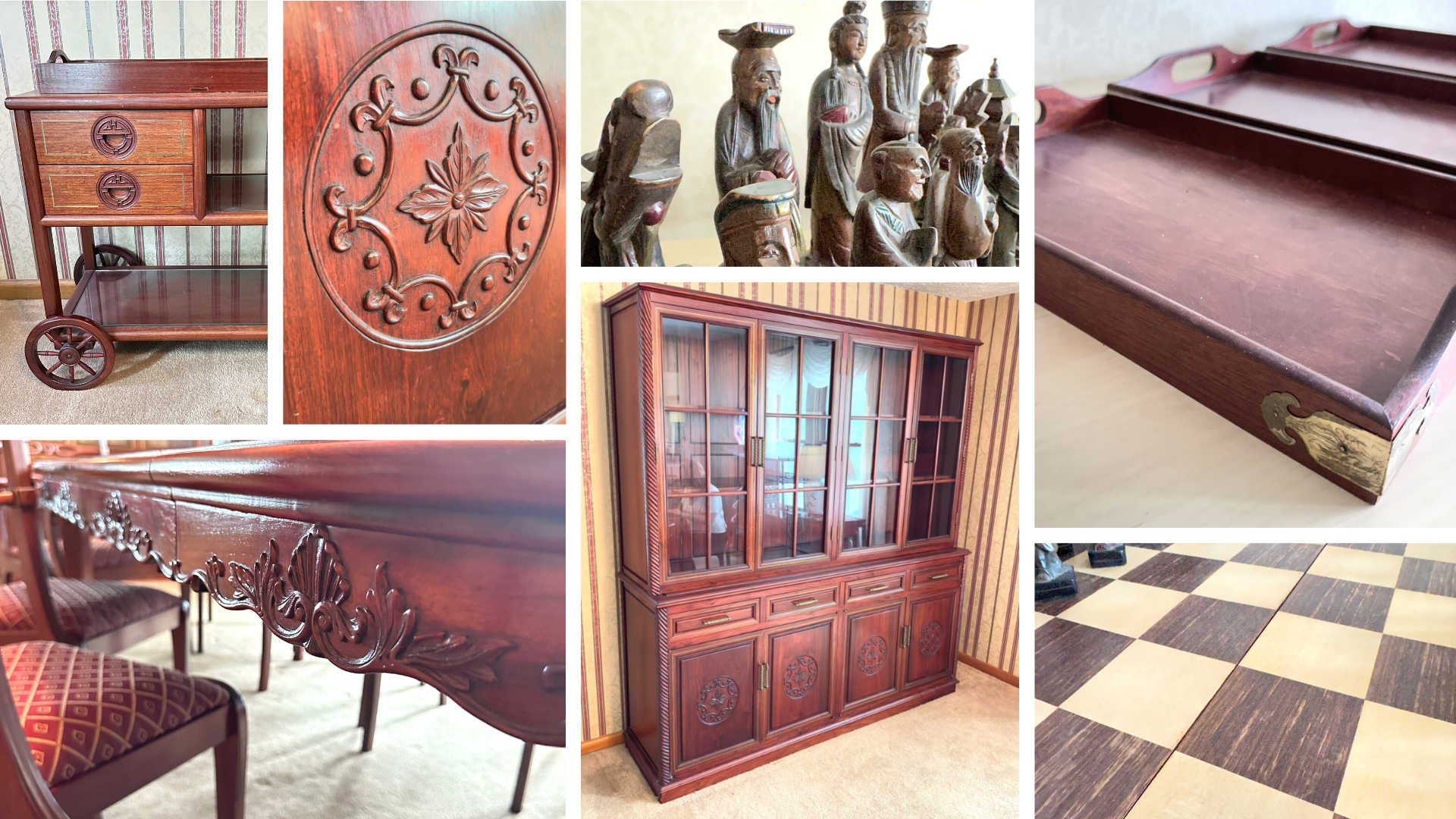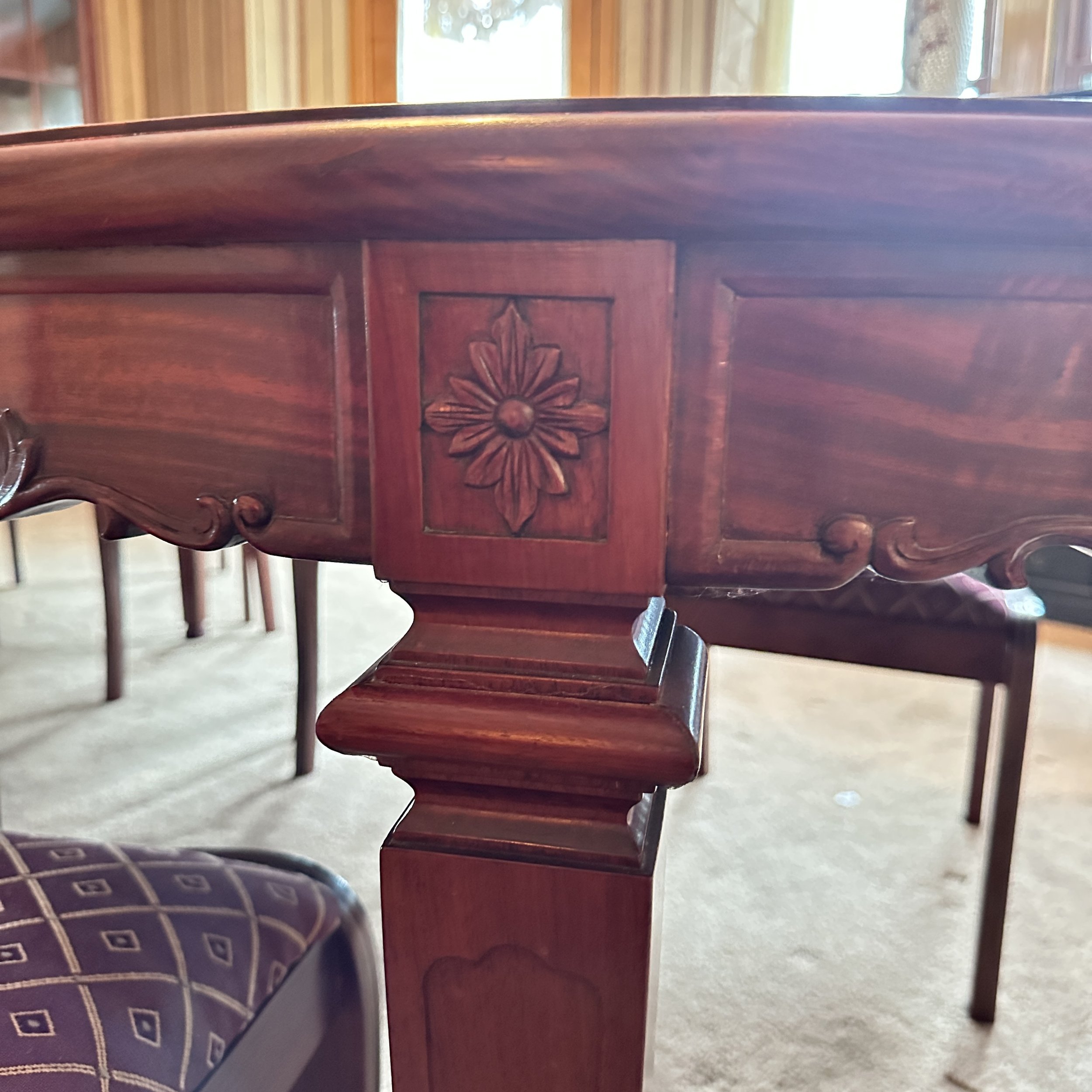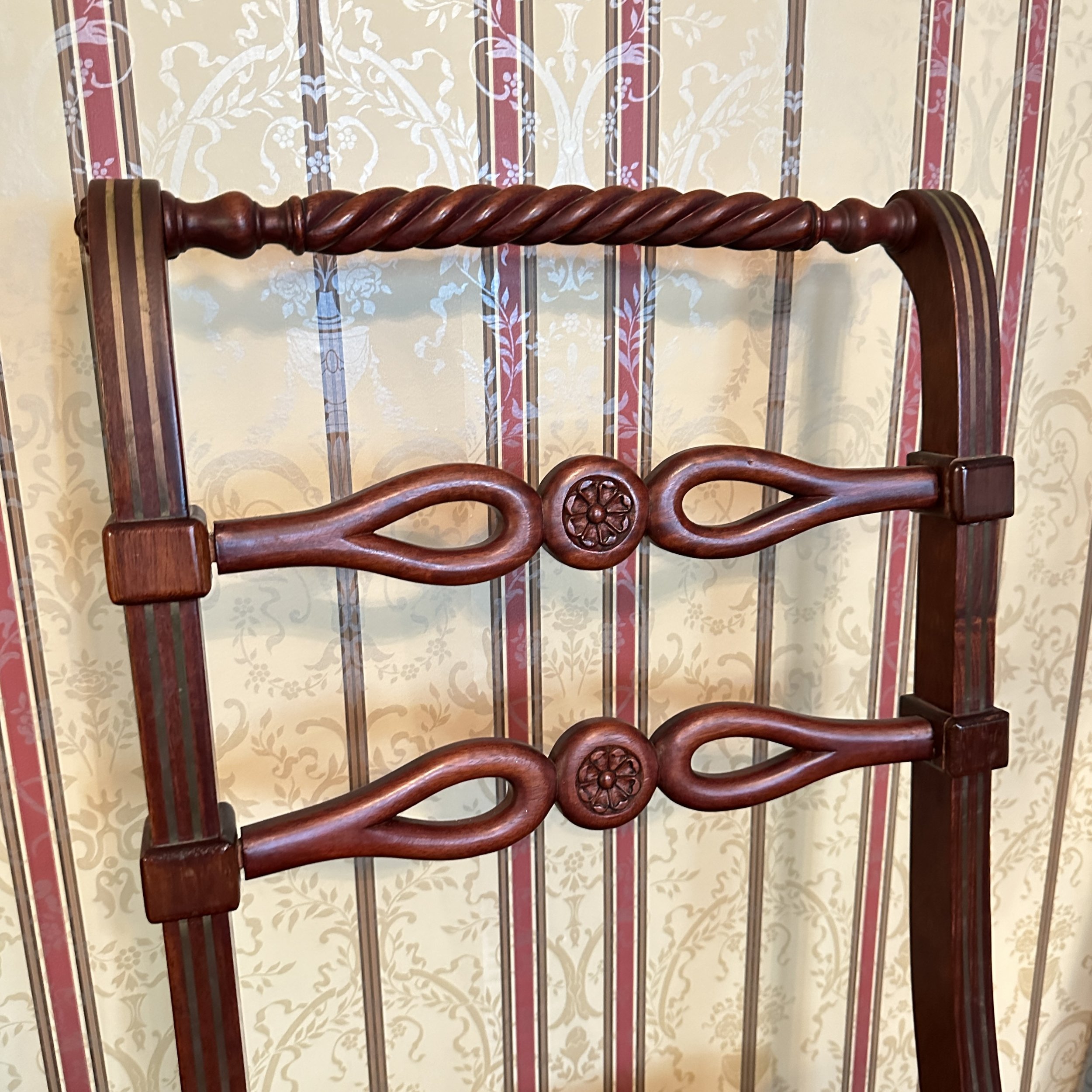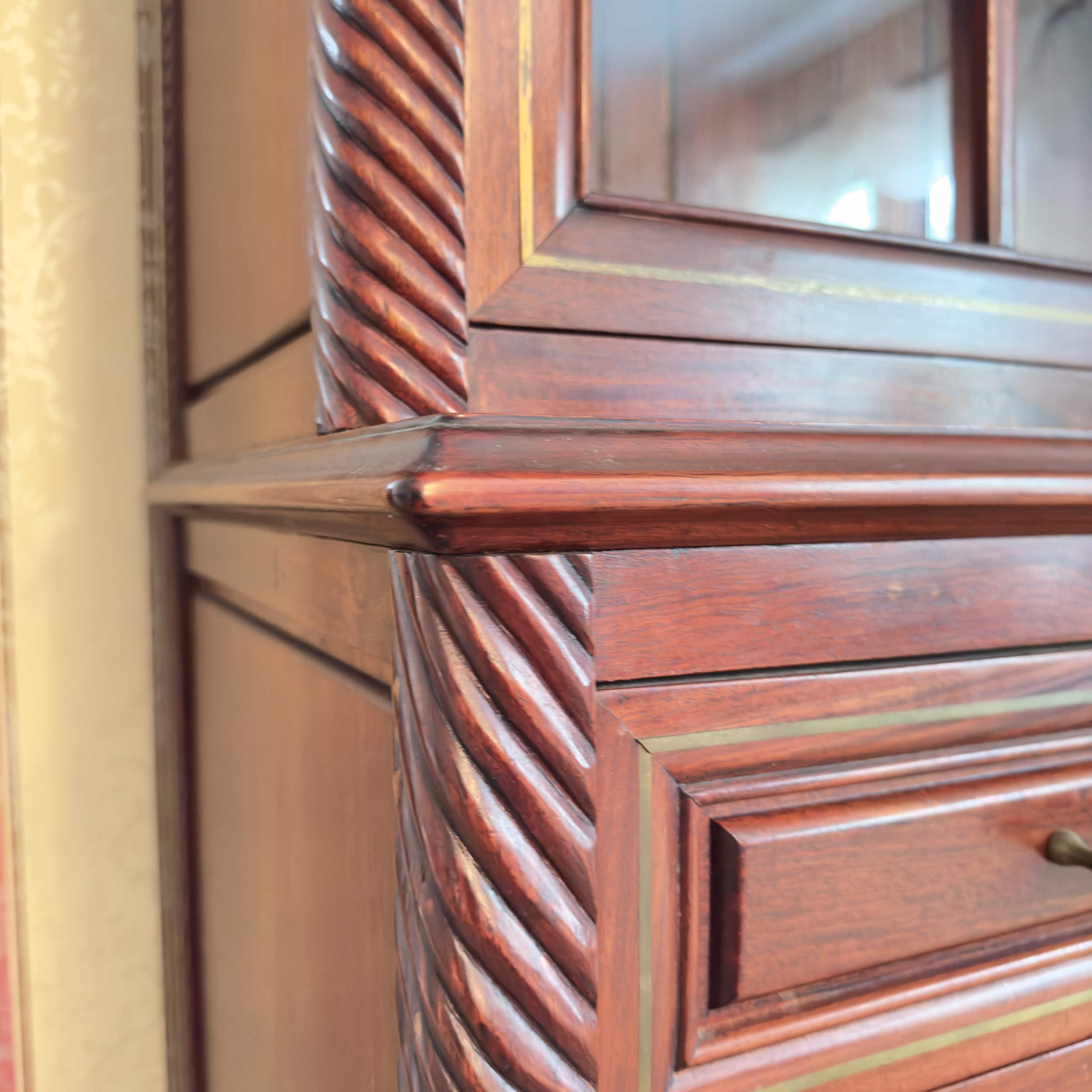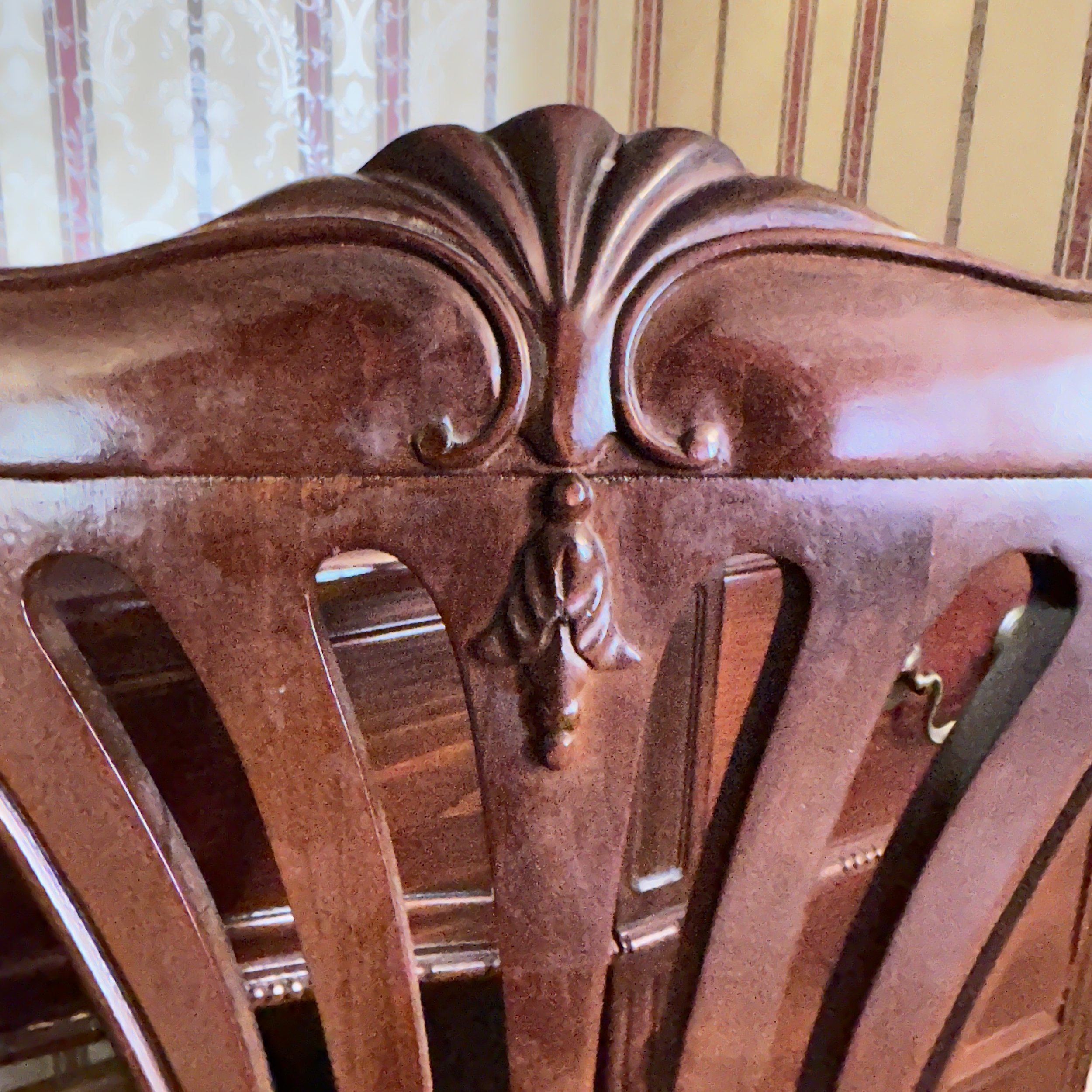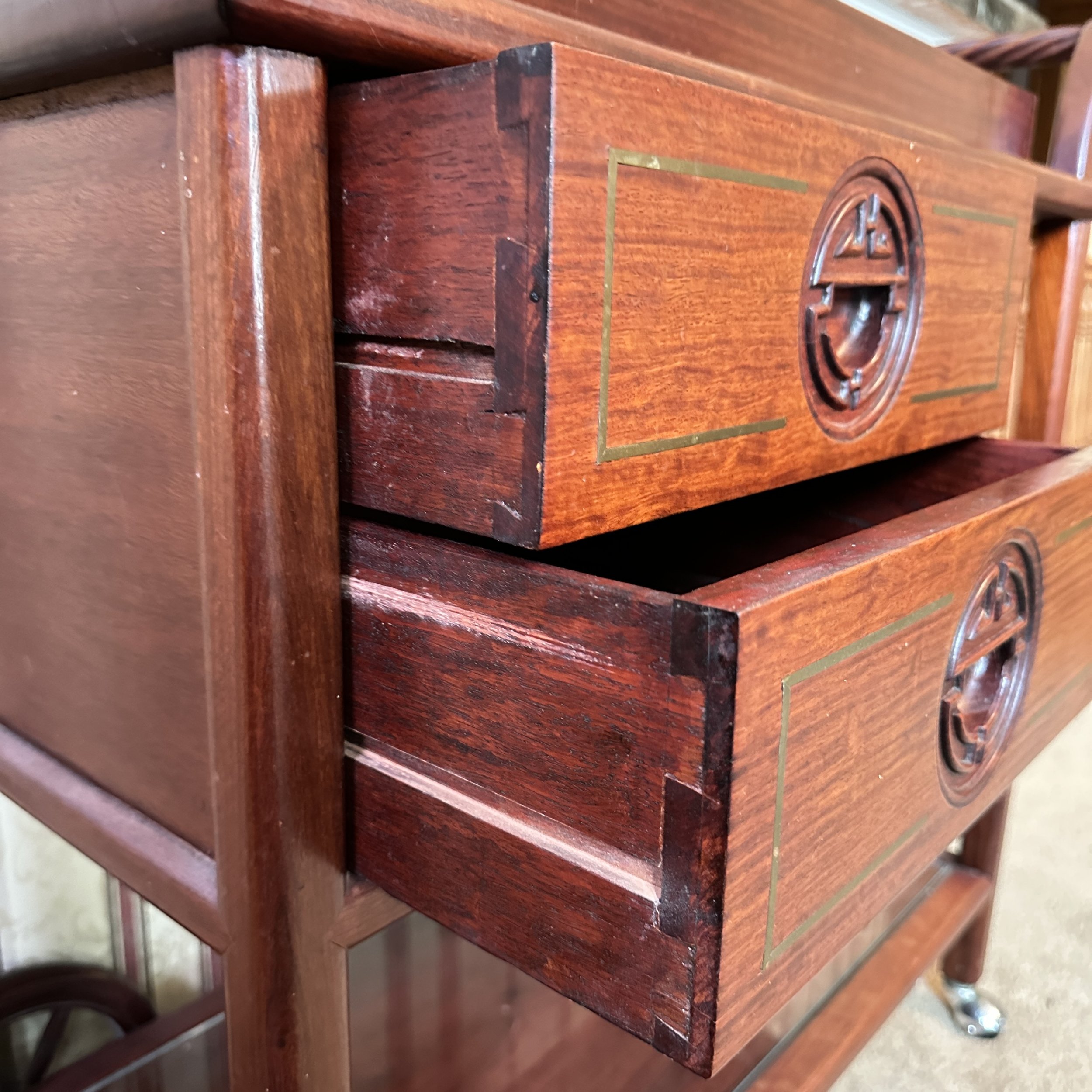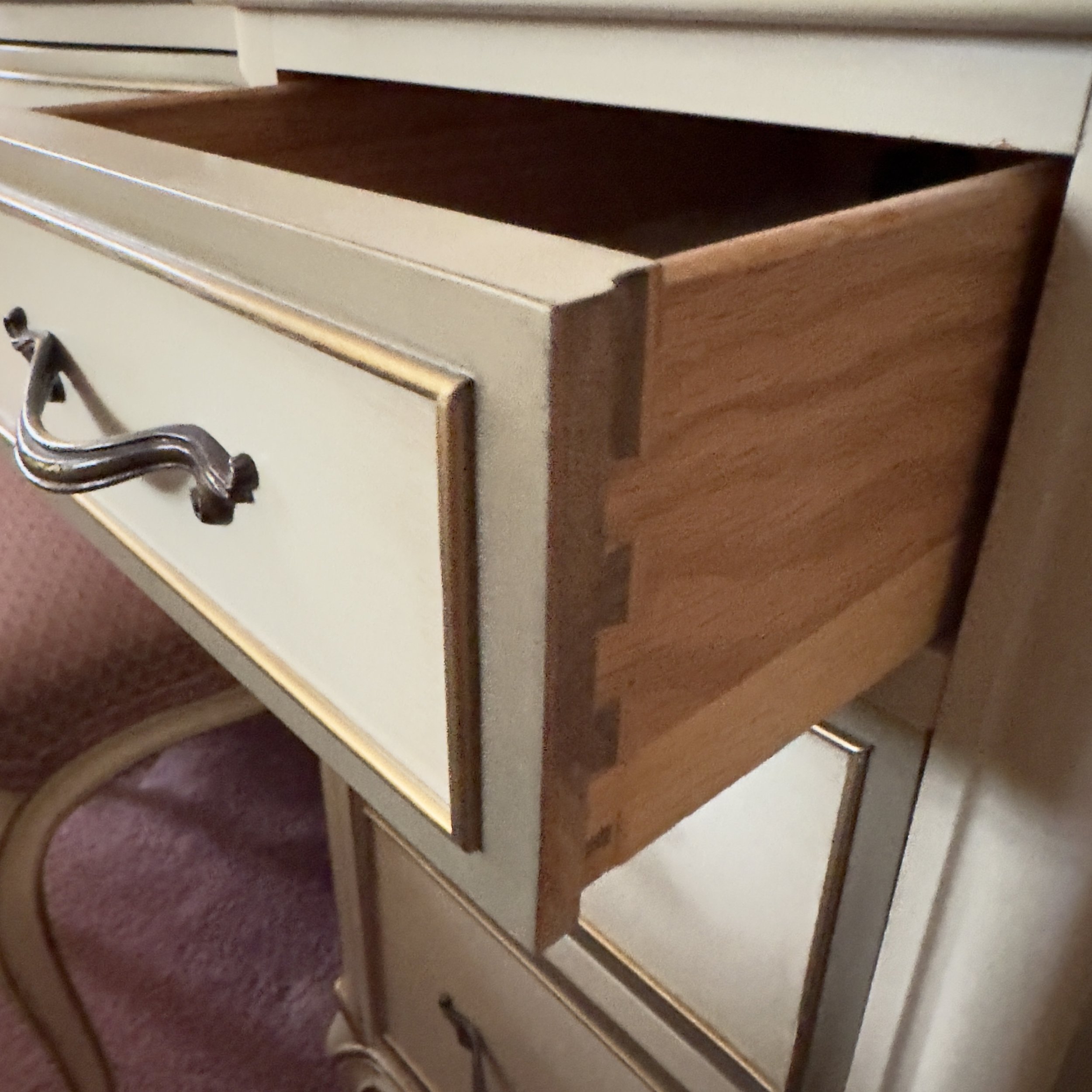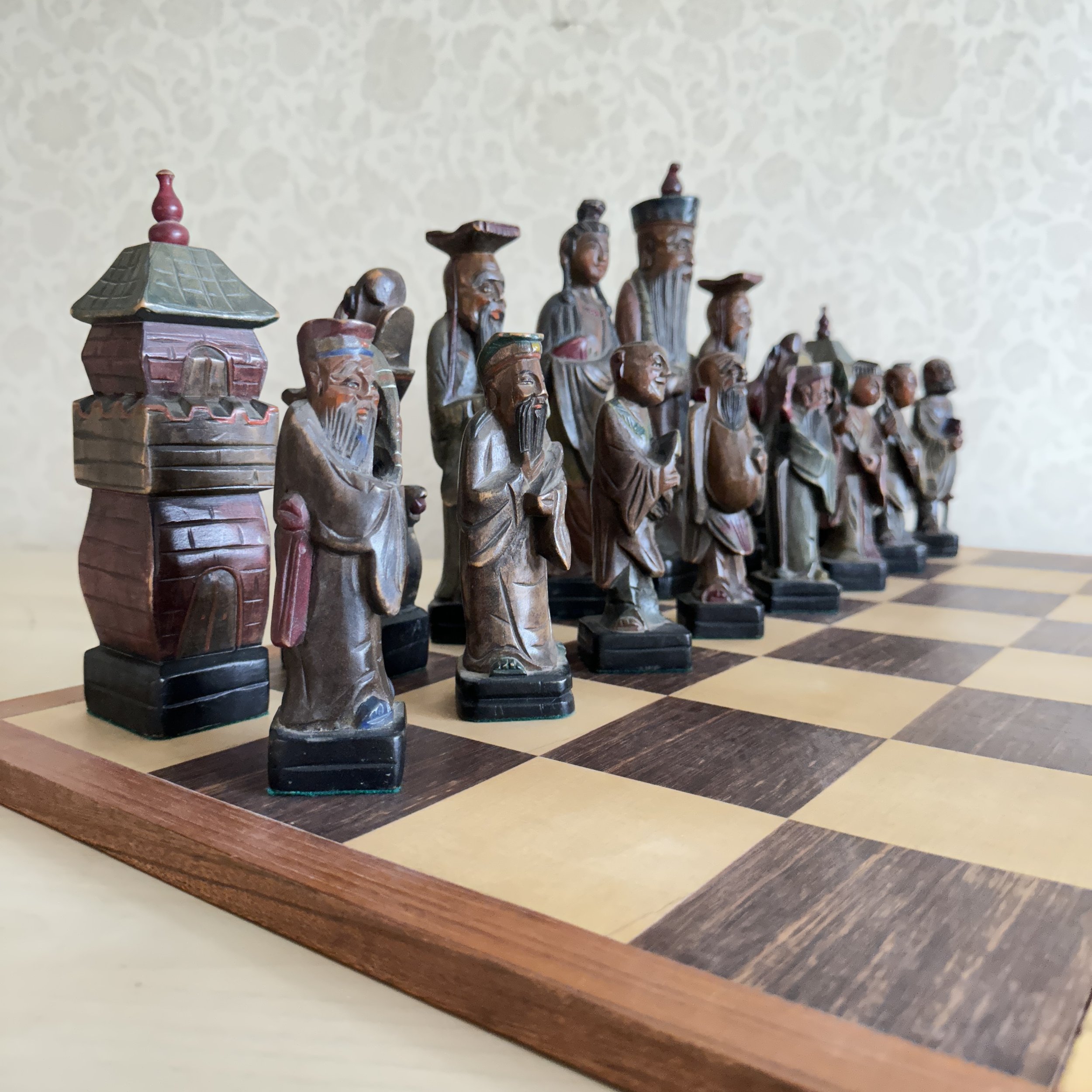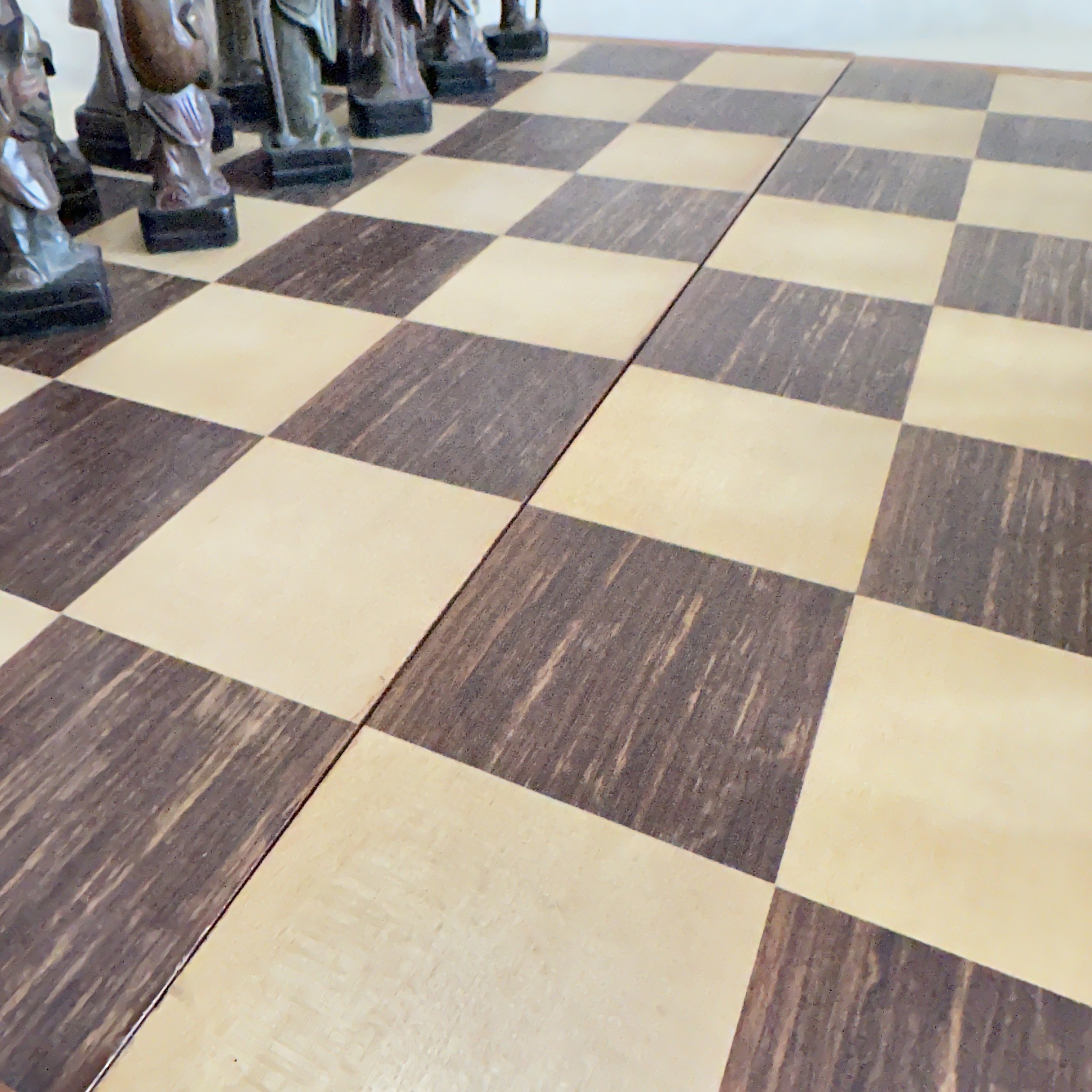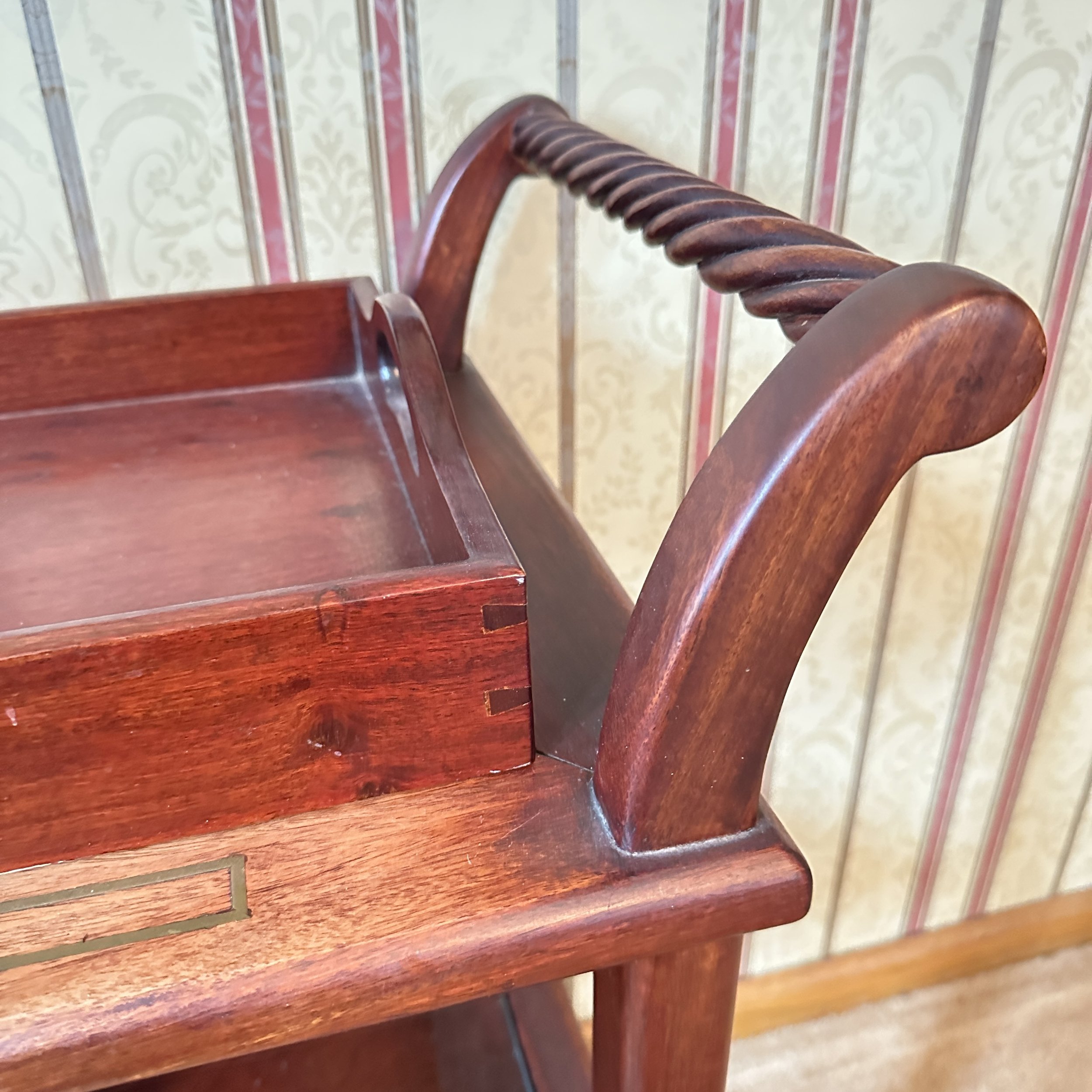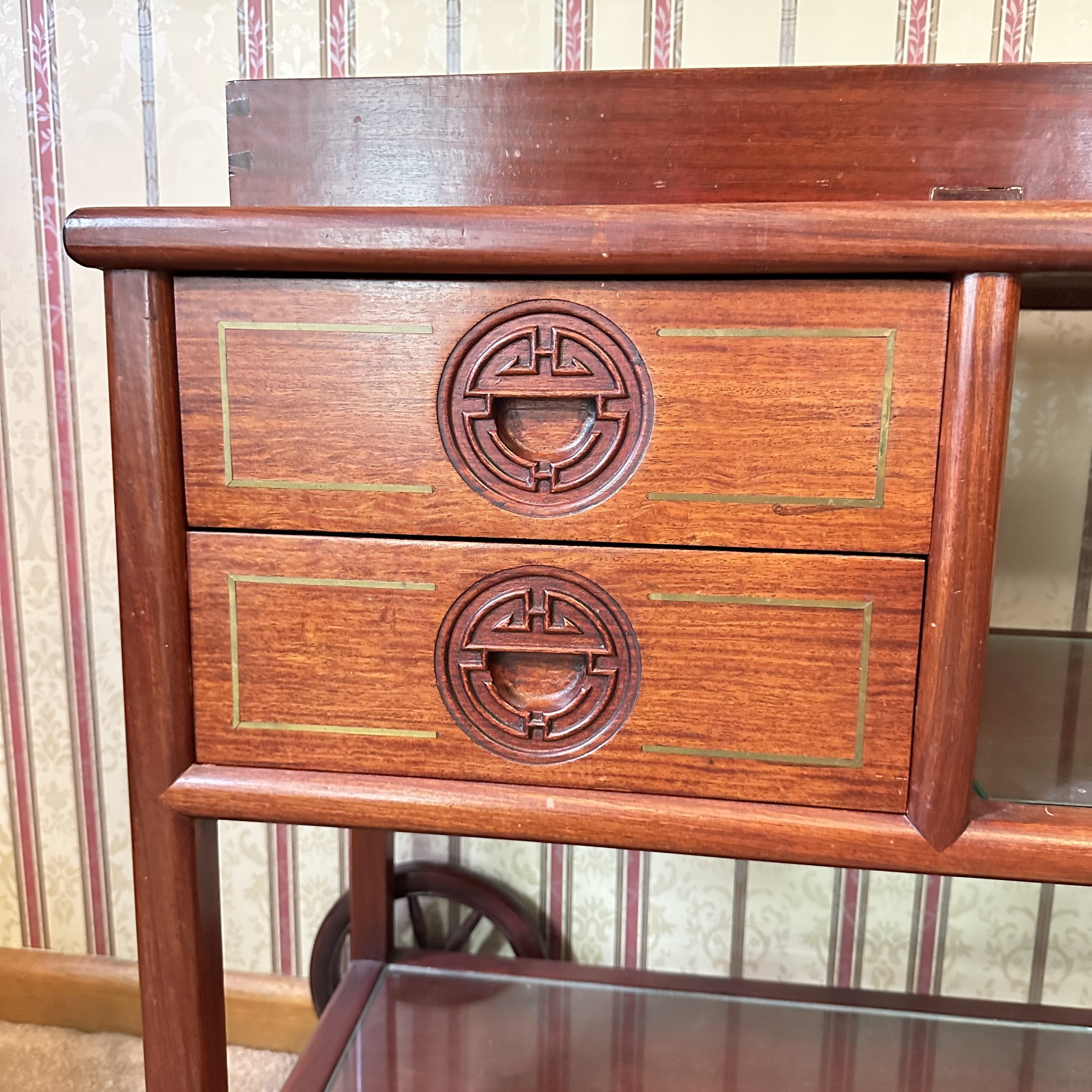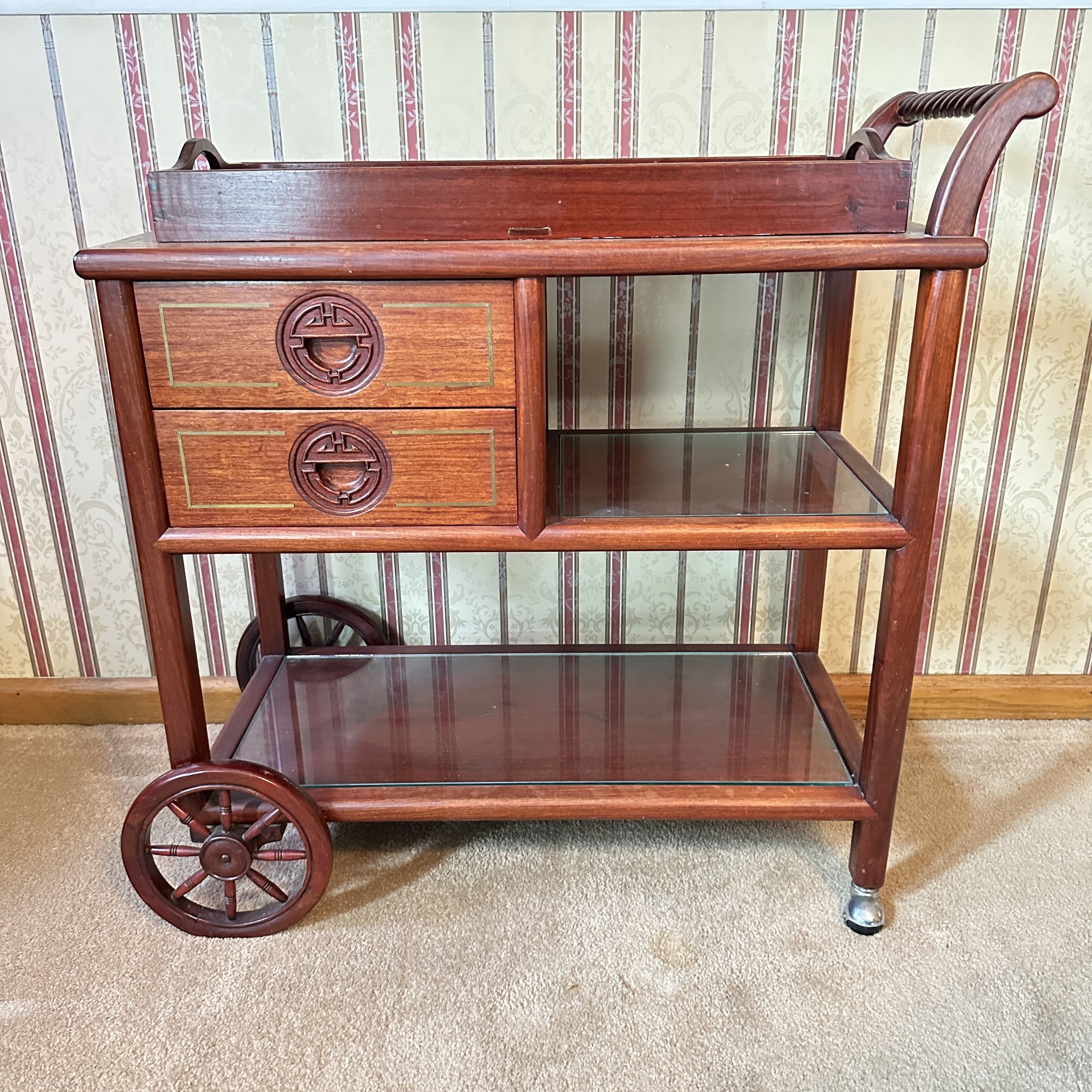How to Identify Solid Wood vs. Veneer
Veneer is a very thin sheet of wood or composite material laid over a solid surface to give the appearance of wood grain. It’s typically lightweight, sometimes easier to clean, and more affordable.
But how do you easily determine whether a furniture item is solid wood or veneered? One of our longtime clients asserts: Veneer can be vexing when refinishing!
We get it - and it can be tricky to tell the difference, especially when you’re shopping online. Here are three ways to distinguish between solid wood and veneer - whether you’re shopping online or in person.
1: Details, Details, Details
There are certain details we love to see because they’re a clear indication of how the piece was constructed.
Carving - with the exception of the antique pieces we mentioned, carving isn’t possible with the thin strip of wood that makes up veneer.
Joinery - drawers are a great place to look. If you see dovetail joints like the ones below, the piece is solid wood. You can also look at the top of table or desk - you’ll see areas where multiple pieces of wood were placed together to create a large surface, like the Rosewood dining table below.
2: Grain Don’t Lie
There are different kinds of veneer: we often see laminate in modern or contemporary furniture, while Victorian and other antique pieces often relied very thin sheets of wood inlaid or applied to a solid wood surface.
In either case, the grain will change direction when veneer is used. For example:
Above: this hand-carved chess set features a wooden base with inlaid wood veneer checkerboard pattern. See how the grain on the black and white squares is running perpendicular to the edge?
Below: look carefully at the top of this Chinese Rosewood Tea Trolley and notice that the grain is consistent from the top surface to the side. You can also see some lovely dovetail joints on the tray!
3: Check the Description
We are passionate about researching every last detail for our clients so we can pass the information on to you, including materials and construction details. Here’s an example:
By establishing provenance (where the item was purchased) and examining this piece closely, we determined the type and origin of the wood itself.
Some keywords that indicate that this piece it is solid wood:
hand-built
hand-carved
turned rope and florette
brass inlay
See all of these pieces in this week’s Eclectic Estate with East Asian Furniture and More.
Let us know in the comments what you’d like to learn about next!

